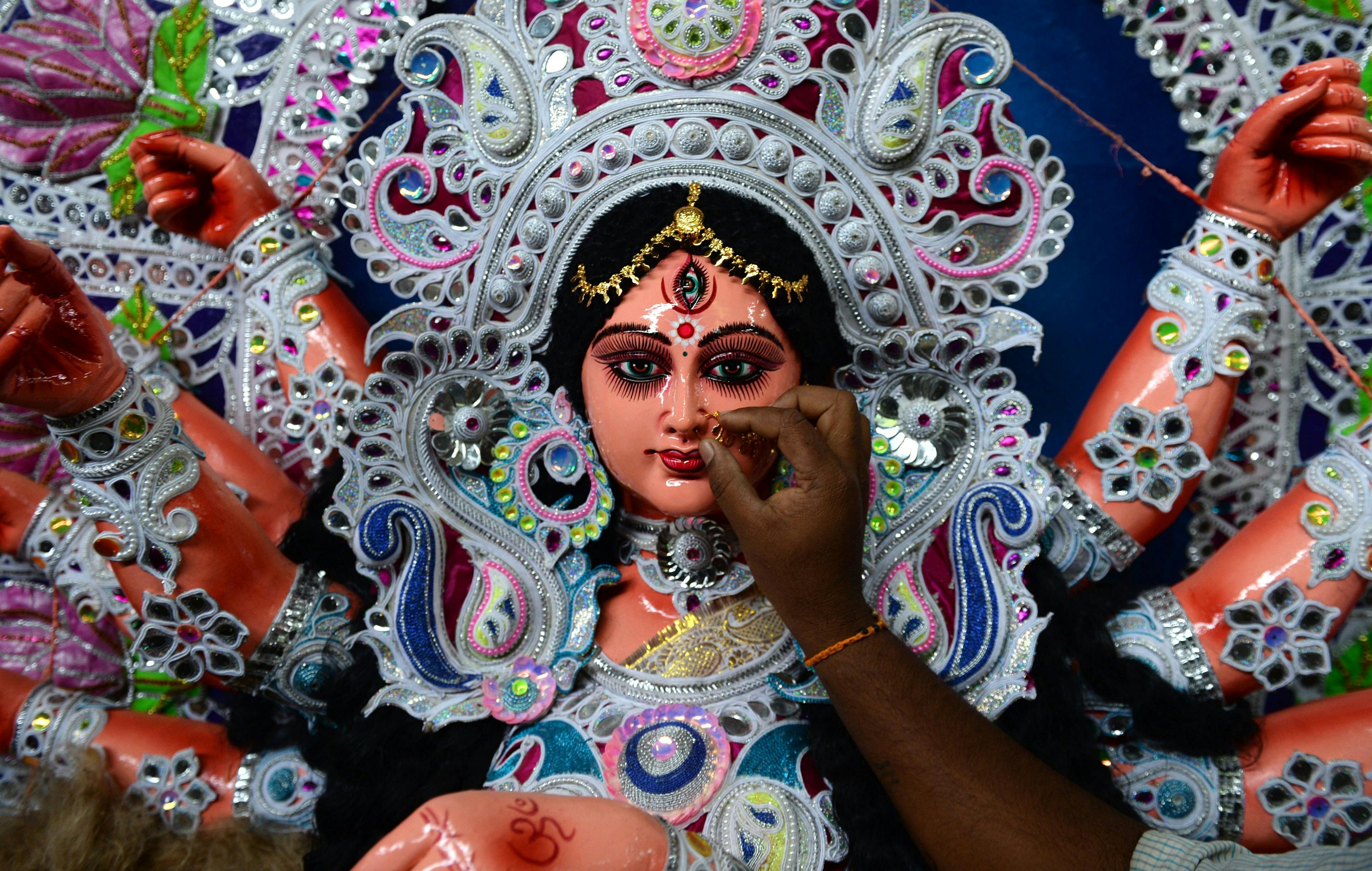How India Invented the Nose Job
Initially devised to help the mutilated, rhinoplasty has become a routine procedure that’s still taboo among South Asians.
Abraham Verghese, in his novel The Covenant of Water (2023), retells the story of Cowasjee, a Parsi bullock cart driver who worked for the British during the 1792 Anglo-Mysore war. Tipu Sultan captured Cowasjee and imprisoned him for treason; his soldiers cut off Cowasjee’s nose and hand as punishment. “One can live without a hand, but nothing is more disfiguring or shameful than a hole in the face,” Verghese wrote. British surgeons did not know how to help him, so Cowasjee left town. He returned only months later — with a new nose.
Poona builders had used a technique that Sushruta, the “father of plastic surgery” had devised around 800 B.C. in India. In October 1794, a London magazine reported on the marvel, which two British physicians had witnessed (and would later steal).
Historically, South Asians have viewed elective nose jobs and plastic surgery as taboo. Though many people seeking plastic surgery today don’t face the extreme conditions Cowasjee did — of not having a nose at all — they are still pursuing rhinoplasty for similar outcomes: life on their own terms.
